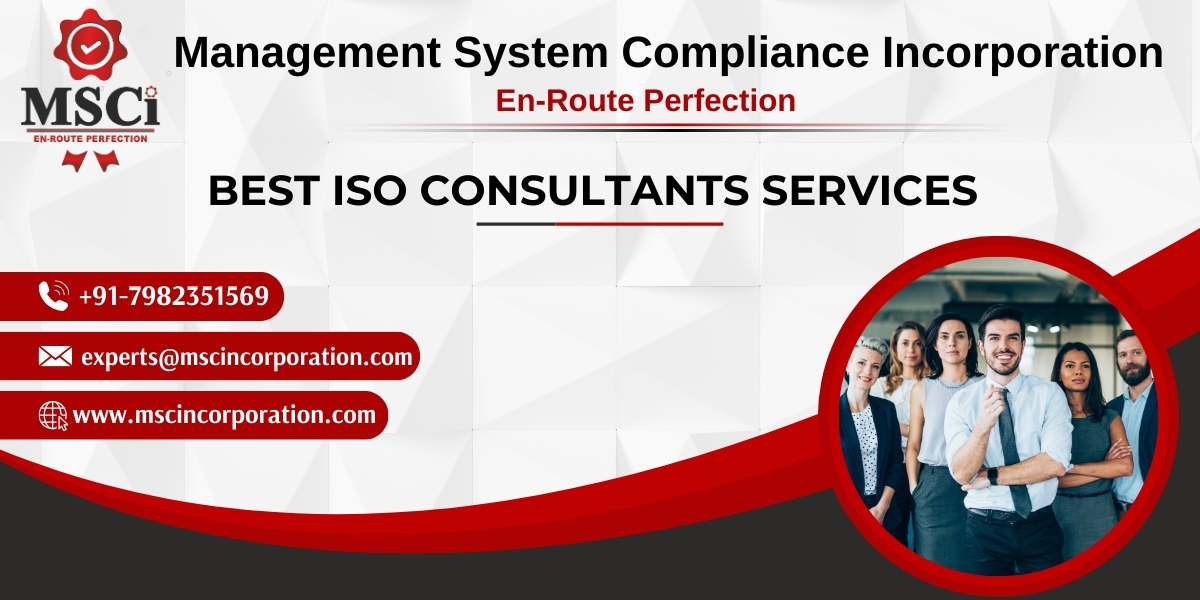The ISO consulting services process typically involves five key steps to help an organization achieve certification and improve their management systems. Here's a general outline of these steps:
- Initial Assessment and Gap Analysis
Objective: Understand the current state of the organization’s processes and identify gaps between existing practices and ISO standard requirements.
Activities:
Conduct interviews and review documentation.
Assess current management systems and processes.
Identify areas of non-compliance and areas for improvement.
Prepare a gap analysis report highlighting deficiencies.
- Planning and Documentation
Objective: Develop a detailed plan and create necessary documentation to meet ISO requirements.
Activities:
Define the scope of the ISO implementation project.
Develop a project plan with timelines, responsibilities, and milestones.
Create or update required documentation, such as policies, procedures, and work instructions.
Ensure all documents comply with the relevant ISO standard.
- Implementation and Training
Objective: Implement the new or revised processes and provide training to ensure proper understanding and execution.
Activities:
Implement the documented processes and procedures.
Conduct training sessions for employees and stakeholders on the new systems.
Ensure that everyone understands their roles and responsibilities.
Address any resistance to change and encourage buy-in from all levels of the organization.
- Internal Audit and Review
Objective: Conduct internal audits to verify the implementation and effectiveness of the management system.
Activities:
Plan and execute internal audits to check compliance with the ISO standard.
Identify non-conformities and areas for improvement.
Hold management review meetings to discuss audit findings and progress.
Take corrective actions to address any non-conformities found during the audits.
- Certification and Continuous Improvement
Objective: Achieve ISO certification and establish a process for ongoing improvement.
Activities:
Engage with a certification body to conduct the external audit.
Prepare for the certification audit by addressing any remaining issues.
Successfully complete the certification audit to achieve ISO certification.
Establish a continuous improvement process to maintain compliance and improve the management system.
Conduct regular audits and reviews to ensure ongoing adherence to the ISO standard.
By following these steps to choose of the ISO consulting process, organizations can effectively implement ISO standards, achieve certification, and continuously improve their management systems.

![Glyco Balance [Updated 2025] Benefits, Uses, Work & Best Results](https://f002.backblazeb2.com/file/yoosocial/upload/photos/2024/11/TV8yhMKwBD1VAXVvp9QT_16_3ef8ed923200efe7f11de5a407976706_image.jpg)







